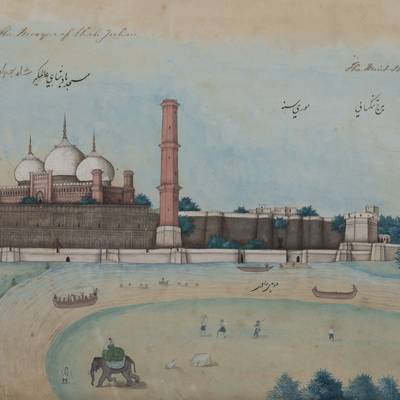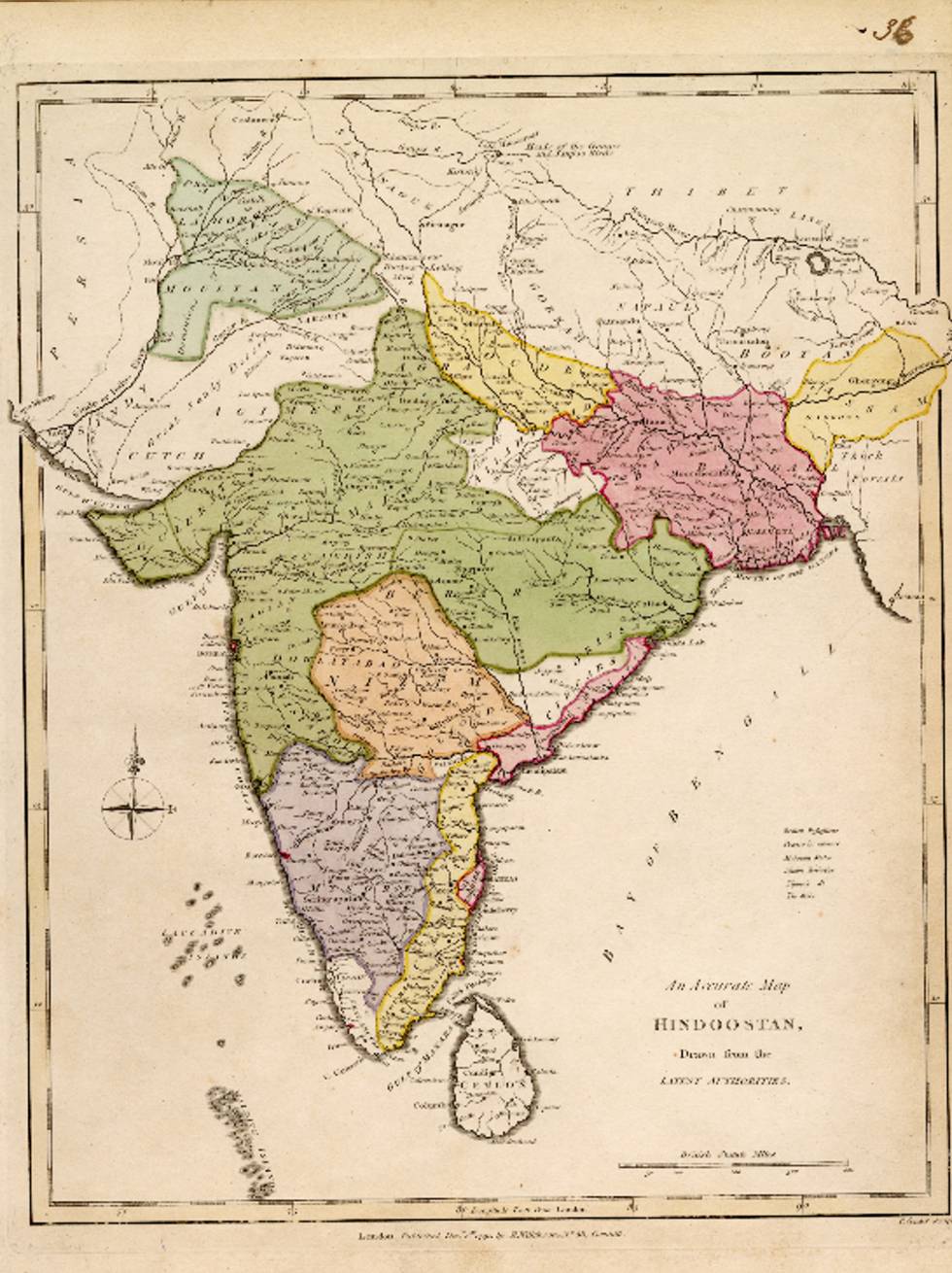
Prelude to Power by Gurbaksh Matharu
Spanning modern-day India and Pakistan, the region of Punjab takes its name from Persian, meaning ‘land of the five rivers’. Bordered by the Himalayas to the northeast, its northwestern frontier has historically been the main land route into the Indian Subcontinent. The region has therefore been a crossroads for many civilisations, as well as a target and thoroughfare for multiple invasions.
Born in the 15th century, Guru Nanak (1469–1539) revealed the presence of a single Absolute Being (Wahiguru) who was beyond shape or time. The first in a line of ten Sikh gurus, he spread a message of Oneness throughout Asia, before settling a community in Kartarpur (Pakistan). While initially a peaceful religion, a warrior-saint tradition later emerged in response to outside persecution.
By the mid-18th century, Punjab was largely controlled by Sikh confederacies, which allied themselves to fight external threats, but warred against each other in times of peace. At the turn of the 19th century, Maharaja Ranjit Singh emerged as the undisputed leader of the region, subsuming the territories of the other Sikh confederacies into his own. While his kingdom has been dubbed the Sikh Empire, he ruled over a cosmopolitan population in which Sikhs were a minority amongst Hindus and Muslims.
While most Sikhs in South Asia today live in the Indian state of Punjab, the vast majority of Ranjit Singh’s empire was located in modern-day Pakistan, with its capital at Lahore.
